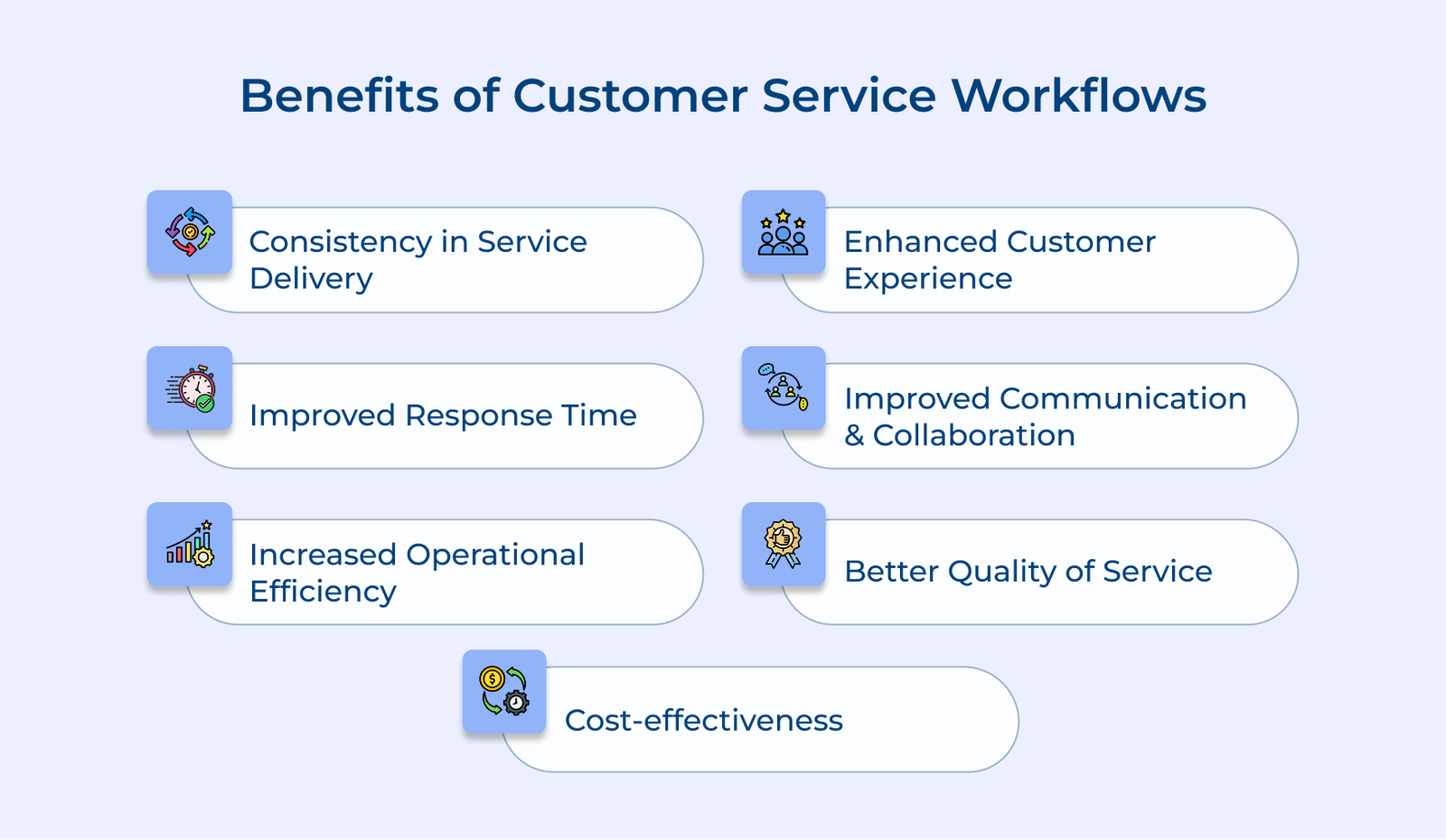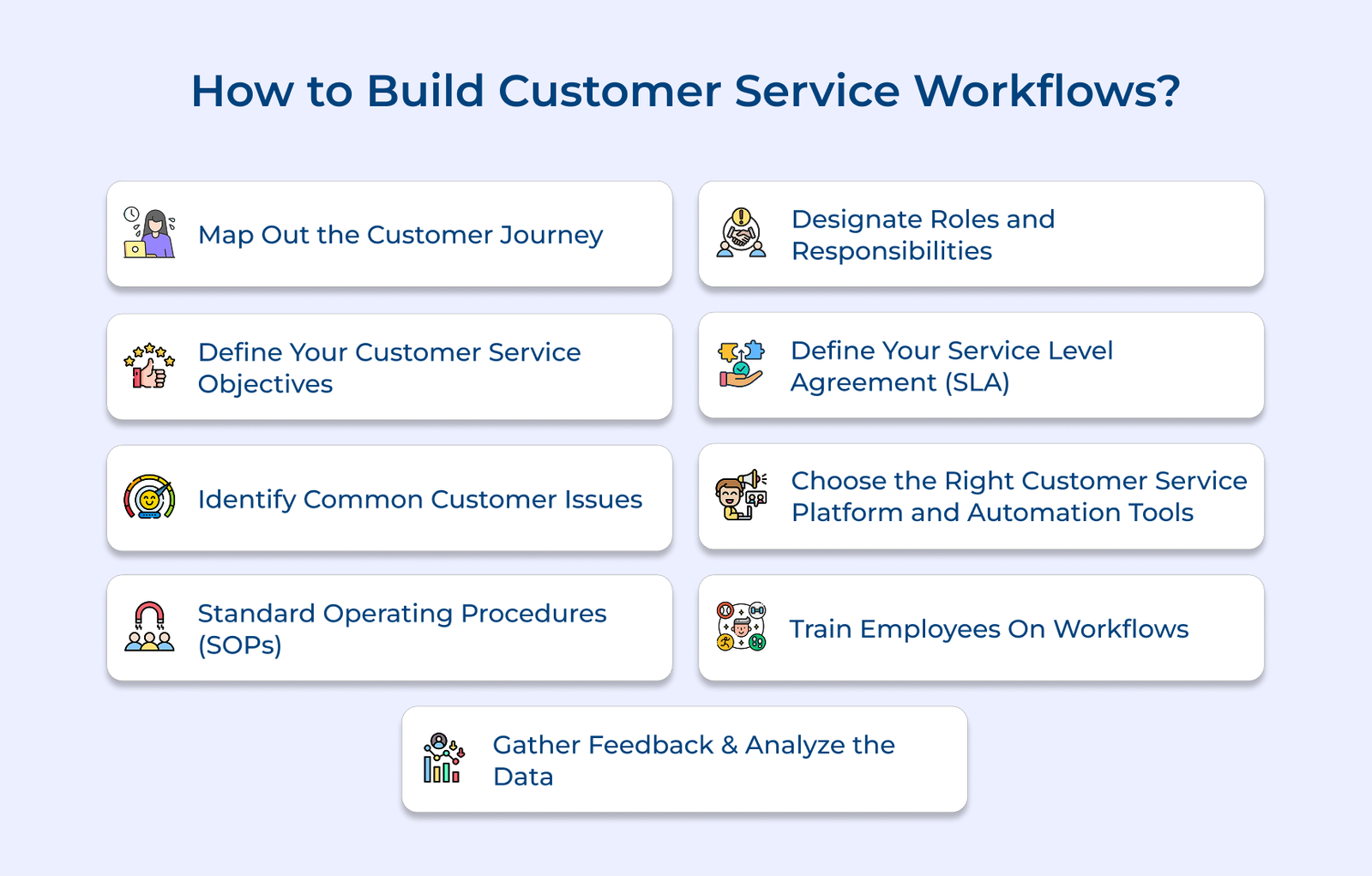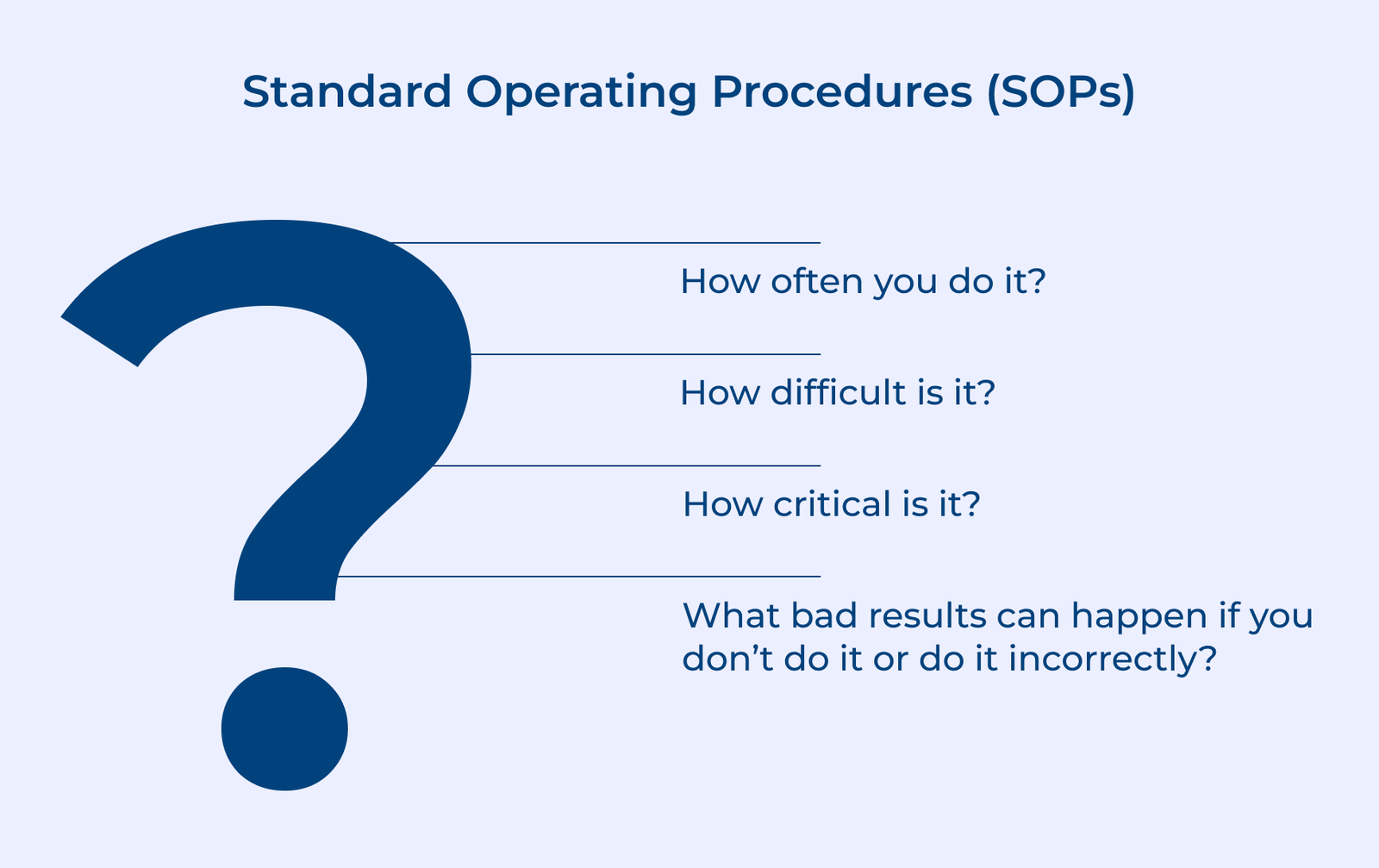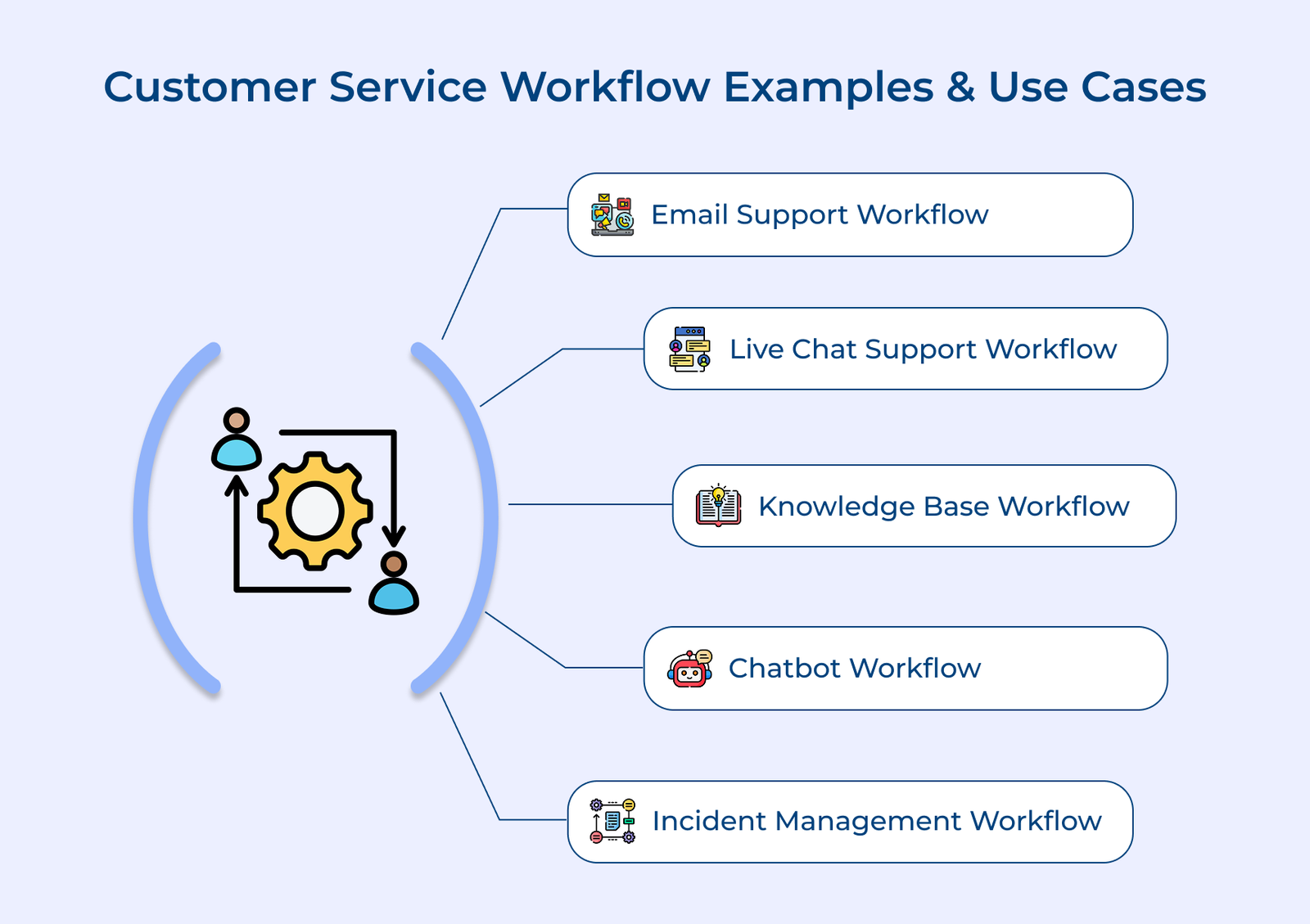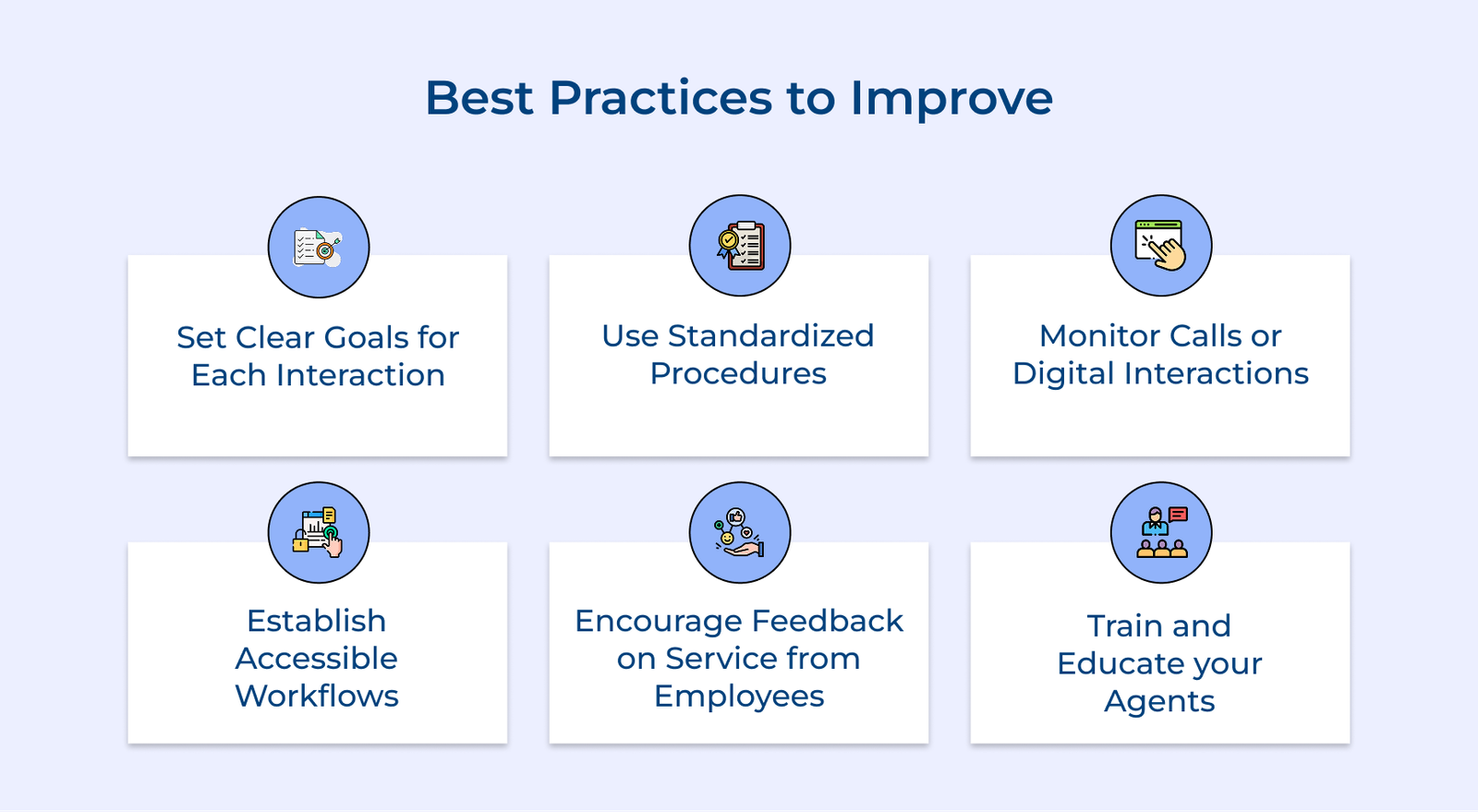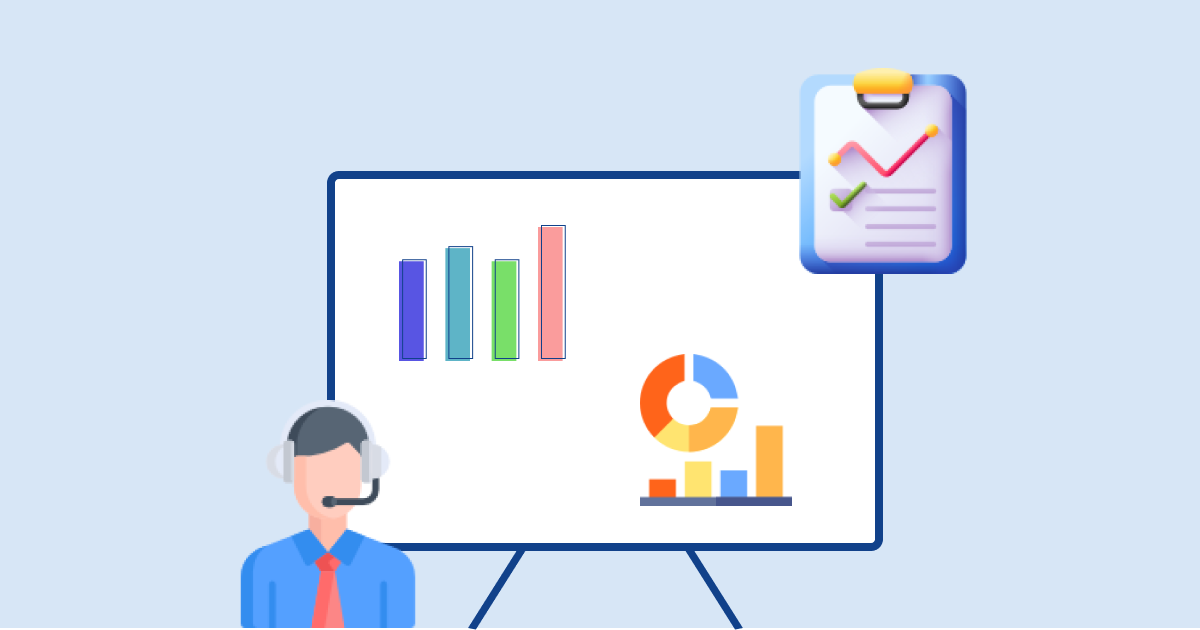1. Set Clear Goals for Each Interaction
Setting clear goals for each customer interaction ensures that agents know their expectations. Goals aligning with the company’s mission and values create a harmonious synergy that leads to a superior customer experience. Clear goals give agents a sense of direction and purpose, enabling them to deliver consistent, high-quality service.
The goals can be about customer issues efficiently, demonstrating empathy, and promoting customer satisfaction. Communicating these goals will enable the agents to focus on meeting customer expectations and delivering exceptional service.
Actionable Tips:
- Define specific performance metrics for customer interactions, such as response time, resolution rate, and customer satisfaction score.
- Encourage agents to establish rapport and actively listen to customers to build trust.
- Implement performance incentives tied to achieving customer service goals to motivate agents and promote a focus on quality.
2. Use Standardized Procedures
Developing standardized procedures for customer service tasks is essential for maintaining consistency and efficiency in your workflows. The procedures guide agents, particularly new ones, to effectively handle customer inquiries and issues. Standardization eliminates guesswork and ensures that all customer interactions follow a structured approach.
The agents can quickly access the necessary information to provide accurate and timely solutions. Standardized procedures also facilitate knowledge sharing among team members, fostering collaboration and ensuring a cohesive customer service experience across the organization.
Actionable Tips:
- Create a central repository of standardized responses to common customer inquiries, allowing agents to provide consistent and accurate information.
- Develop decision trees or flowcharts that guide agents through various scenarios to ensure a consistent and efficient problem-solving process.
- Implement a knowledge management system enabling agents to update procedures and best practices easily.
3. Monitor Calls or Digital Interactions
Monitoring customer calls or digital interactions provides valuable insights and quality improvement opportunities. Recording calls or monitoring live chats will help the supervisors to review interactions to assess agent performance, identify areas for improvement, and provide constructive feedback.
The monitoring process helps maintain service delivery consistency, company policy adherence, and industry regulation compliance. The recorded interactions also serve as a valuable resource for dispute resolution, verification of information, and training purposes, ensuring accuracy and transparency in documentation.
Actionable Tips:
- Establish a quality assurance team to regularly review and provide feedback on recorded customer interactions, identifying areas for improvement.
- Implement speech analytics software to analyze automatically customer calls for sentiment, keyword identification, and performance evaluation.
- Conduct real-time monitoring of live chat sessions to provide immediate feedback and support to agents during customer interactions.
4. Establish Accessible Workflows
Businesses must use accessible workflows for their teams to ensure quality in customer service workflows. It means providing them with the resources to resolve customer complaints and issues efficiently. Accessible workflows ensure that agents can easily access frequently asked questions (FAQs), relevant policies and knowledge bases.






